Anyone who works in the car business will tell you that, thankfully, the industry is full of petrolheads. It always has been and it still is.
At Jaguar in the mid-1990s, there were two designers who fitted that description perfectly. The late Geoff Lawson and the inimitable Wayne Burgess, who was very much his prodigy. Both loved cars, both loved guitars and neither was afraid of putting a big cat among the automotive pigeons.
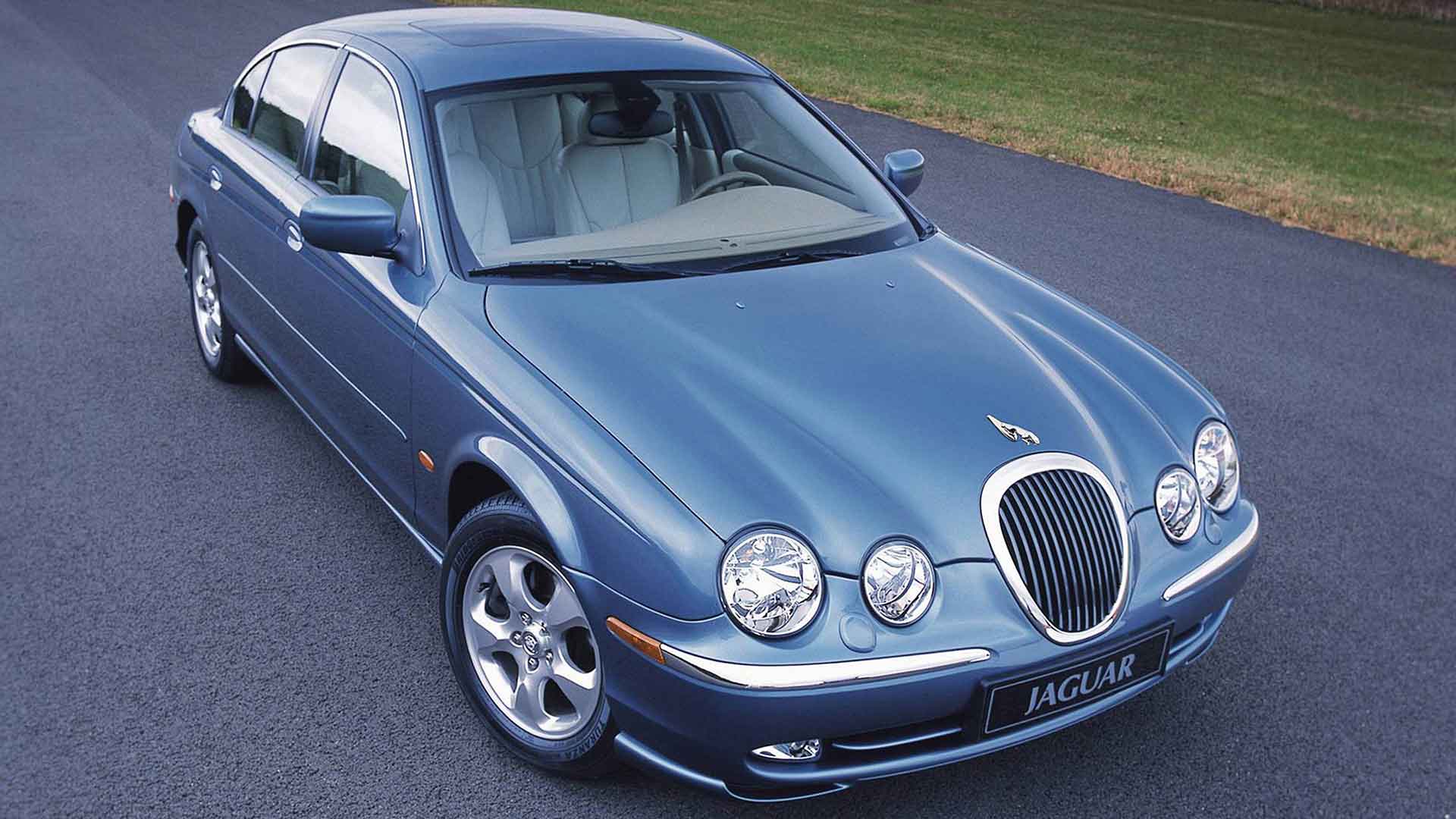
So when they were briefed to come up with a new ‘baby’ Jaguar and the design brief was simply ‘a new, smaller Jaguar saloon’, they were given free reign.
It was a car that Jaguar needed urgently. When the company was taken over by Ford in 1990, Jaguar was in a critical condition. It had two models, the XJ and the XJS, both of which were pensionable and it was only fierce brand loyalty that kept the receivers at bay.
While the Ford takeover was regarded by some Jaguar traditionalists (and employees) as a not-very-good thing, the reality is that without the Blue Oval, Jaguar would never have survived. And when Ford got its feet under the table, things started to evolve quickly.
Ford goes further

First to come was a new XJ – the round-edged X300 – which was essentially a very heavy facelift of the dated XJ40 and carried over its bodyshell and glass area. Ford originally planned to give it a V8, but the lead-time wasn’t long enough, as the new car was needed quickly. It was Jaguar’s only means of paying the bills.
Not delaying things further was a slick move, as the six-cylinder X300 became the fastest-selling Jaguar ever, shifting 140,000 units over the next two years.
X300 was followed up by the new XK8, the XJS replacement that was easily a decade overdue. It was a terrific car bringing in new levels of quality and performance, plus that all-important V8, which also found its way into the 1997 ‘X308’ facelift of the X300 – finally making it the car Ford wanted in the first place.
But the most mission-critical model was the S-Type. It was the first instalment in Ford’s plan to popularise Jaguar by competing with the Germans beyond the large luxury sector, where the XJ was on its own.
That plan included a smaller car and an even smaller one after that. The X-Type is a saga of its own, and we’ll tell that story another day.
Link with Lincoln
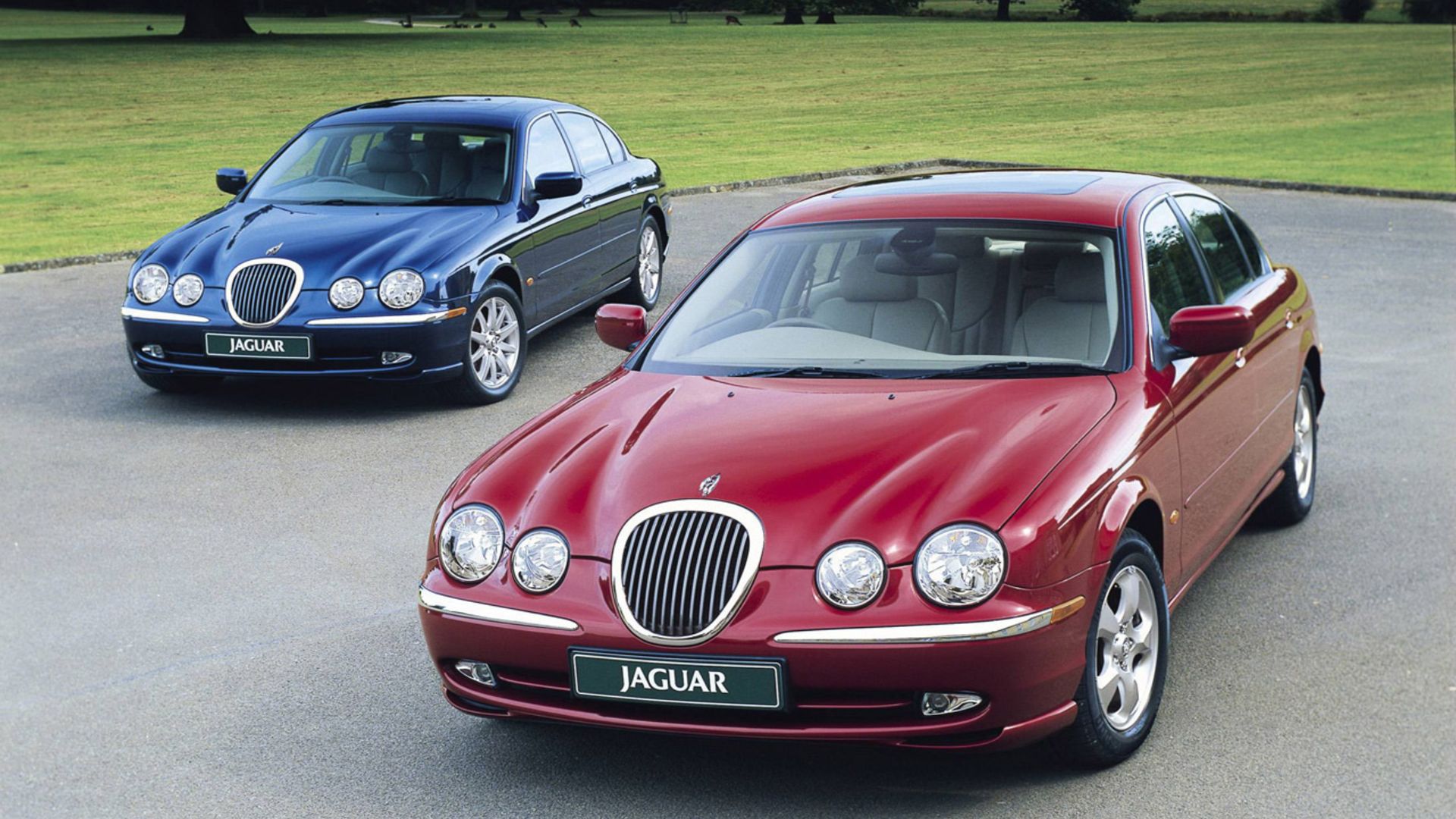
Project X200 was a rival for the BMW 5 Series and Mercedes E-Class. And while early reports suggested the new model would be a baby XJ, it wasn’t. That honour fell to the X-Type.
X200 was developed with more than just Jaguar in mind, though. It also had to be a Lincoln in the USA, and the ‘posh Ford’ brand simply wasn’t known for its dynamics or elegance. The two cars were developed in harmony, with Jaguar’s chassis guru, Mike Cross, spending a lot of his time in the USA teaching the Americans how to make a car that could handle. Luckily, Ford wanted Jaguar’s expertise in chassis engineering, rather than simply to keep costs down.
Another boon for the X200 project was the ability to use a heavily revised version of Ford’s 3.0-litre V6. The chain-driven engine was proven to be durable, yet also a keen performer, and with some additional NVH engineering carried out in Coventry it was the perfect powerplant for the new car – and available in 2.5- and 3.0-litre capacities, alongside the 4.2-litre V8.
If you drove a 3.0 V6, you realised it performed almost as well as the V8, but with much better economy. So most British buyers opted for the six, unlike in the US.
Brand new retro
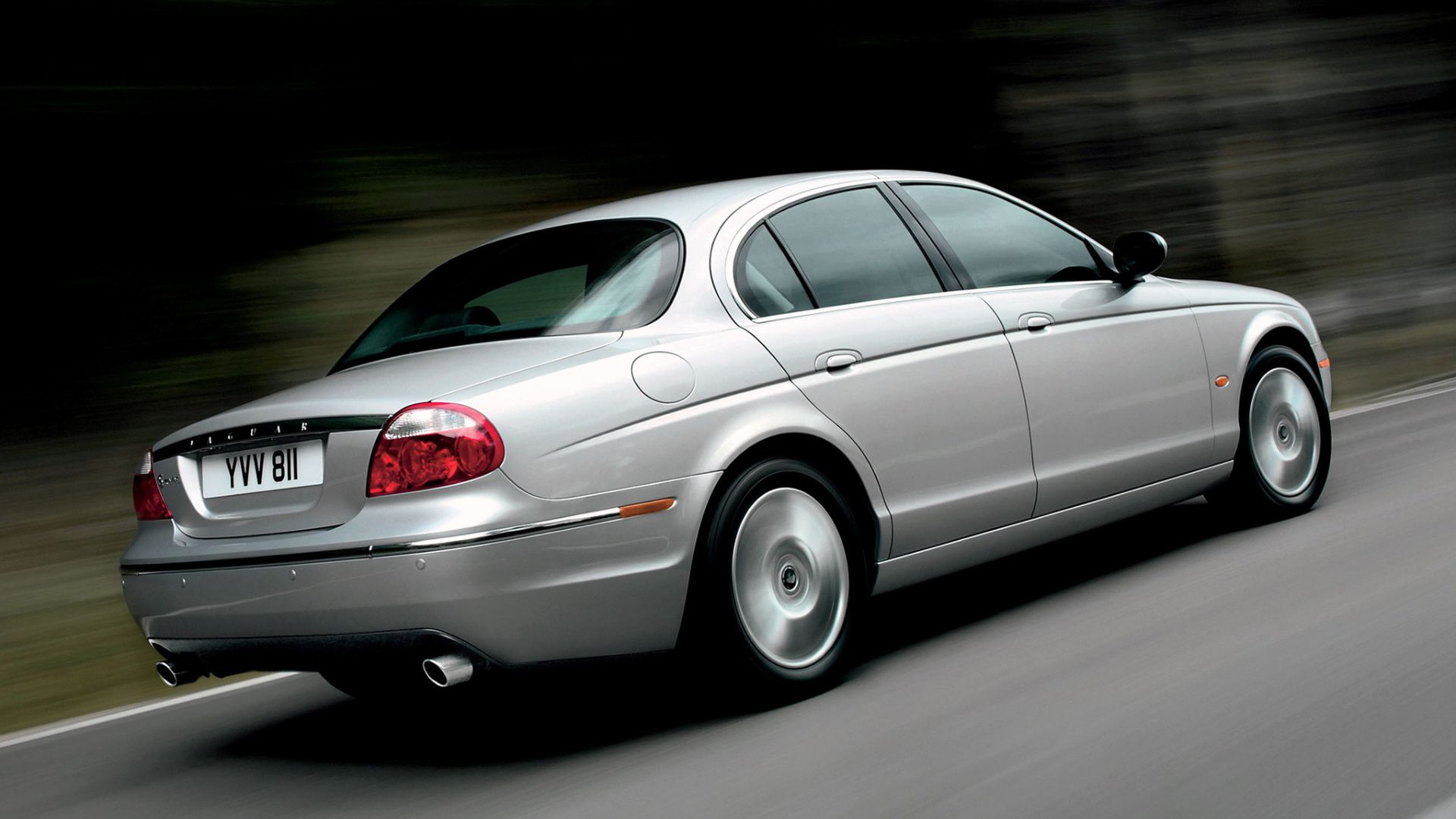
The S-Type made its debut at the 1998 British Motor Show, across the hall from Rover Group, which was whipping the hanky off its new 75. Comparisons between the two were inevitable, as both were British and both had swoopy, retro styling.
You could argue that the 75, with its delicate Richard Woolley-penned lines, has aged better out of the two, but the S-Type was deliberately retro. Both Lawson and Burgess were open about the fact they’d studied the Jaguar back-catalogue for influences. Indeed, a hologram of the 1959 Mk2 appeared on stage at the reveal to remind those present that a smaller Jaguar sports saloon was part of the company’s DNA.
What the design team had produced was a car with all the appeal of a classic Jaguar saloon, from its bulbous nose to its drooping rear end, but in a thoroughly modern package.
The car gained a great reception, at least in terms of its driving dynamics and performance. It had the very essence of ‘Jaguarness’ that the brand and its followers so craved. But it didn’t go without criticism. The interior looked a bit cheap, especially the steering wheel, which was shared with the Lincoln LS. And the styling was subjective. Some loved it, while Jeremy Clarkson described it as looking like a “startled pufferfish”.
Battle with BMW
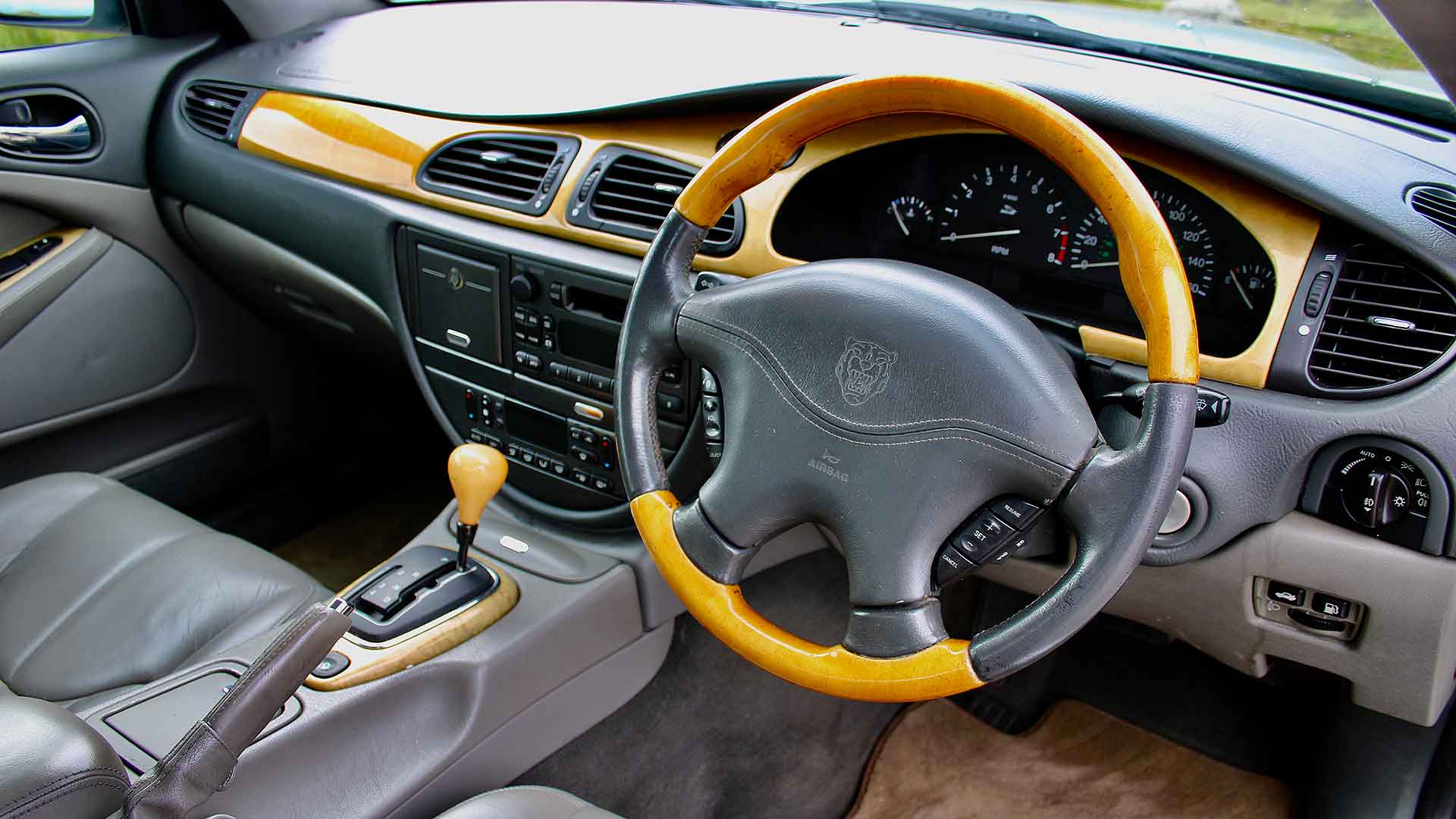
What the S-Type did was bring Jaguar into a whole new class, and the majority of sales were to conquest customers who had always loved the idea of a Jag but couldn’t justify the price of an XJ. Ford’s sales strategy was a good one.
However, after an initial flurry, sales tailed off like the S-Type’s rear end. It was up against some of the finest cars in the world, the E39 BMW 5 Series being arguably the best car ever made at the time. And if you stepped out of the BMW into the Jag, that plasticky steering wheel and Ford Mondeo switchgear really grated.
In 2001, to coincide with the X-Type launch and the imminent new XJ, the interior was heavily revised and became a much nicer place to sit. Then came the tarmac-shredding S-Type R, a proper super saloon that was quicker and more planted than the already-wonderful XJR. It’s a hidden gem of a car today, because the S-Type, in all of its guises, is largely forgotten. Even the late-entry diesel models never saw sales return to their 2001 peak.
For the past few years, the S-Type has been neglected. A combination of comparatively high running costs and soluble sills and floorpans make it a less durable banger than others of its ilk. Today, it’s a Jaguar befitting of the landlord of a flat-roofed pub or (as we observed on a recent visit) a Blackpool hotelier. The kind of person who loves a Jag, but doesn’t want to spend a fortune on one.
An important Jaguar
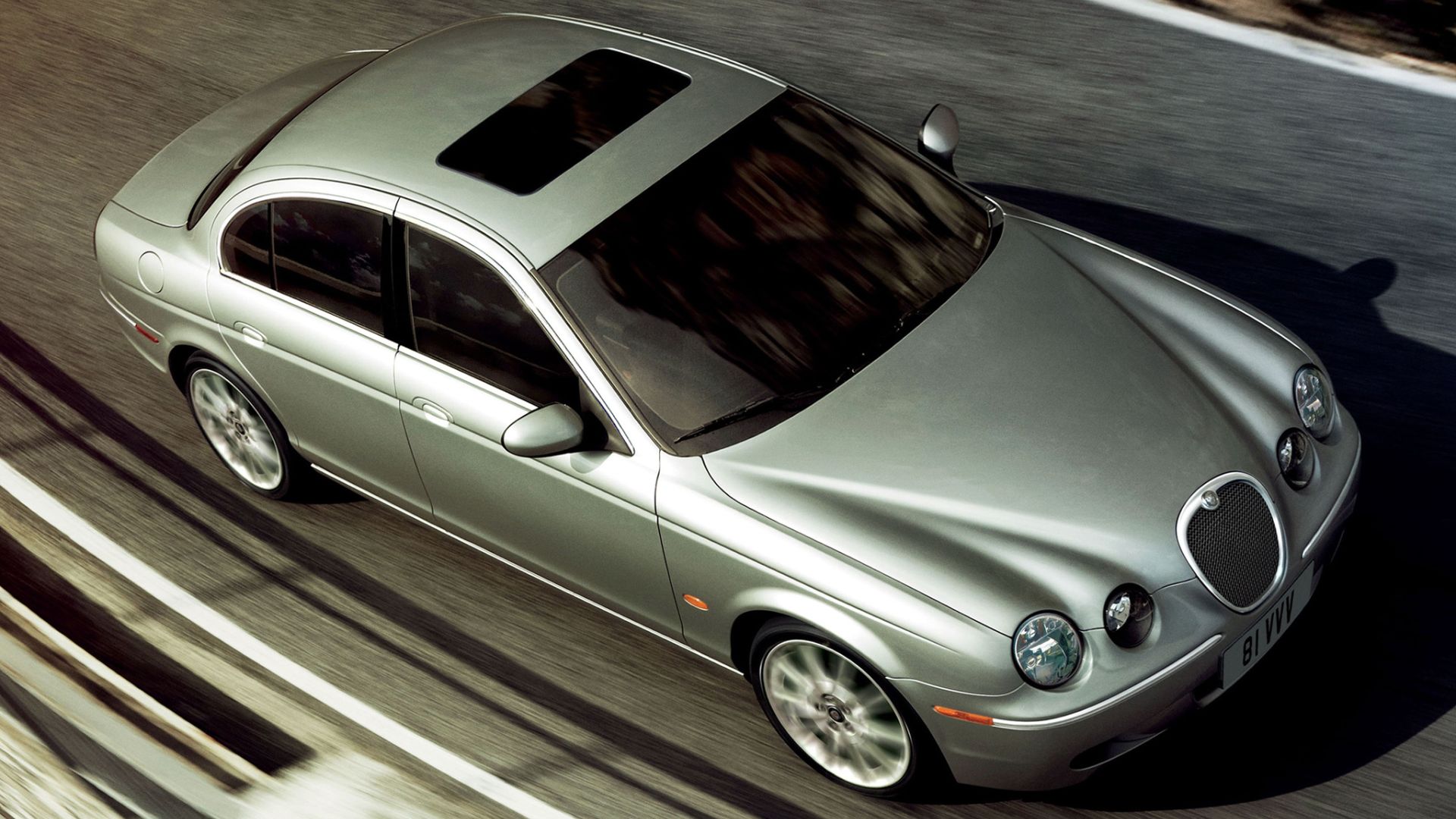
As a result, S-Type numbers are in freefall, as the shabby ones become baked bean cans and give up their parts to keep the few cherished examples alive. If you can find one, we reckon you should, because the S-Type’s day must surely come soon.
Its successor, the Jaguar XF, was a no-apologies car. A modern, swift and stylish saloon that absolutely nailed what executive buyers wanted. But without the S-Type establishing a presence in that market, it may never have been.
So yes, the S-Type may be easy to overlook, but it was one of the most significant cars of the nineties and also one of the most important in Jaguar’s history. Plus, you can get a good one for three grand. What’s not to like?
ALSO READ:
What if… Jaguar had built an XJ40 coupe?



Well, your article misses something that may be “happening”. These cars seem to have been discovered by a new generation that care little for histrionics and more for the thing itself. I just purchase an excellent, low mileage 4.2, 2008 version and could have bought anything. But this design, especially after the Ian Callum face-lift, is extraordinary. The lines — contrary to the shape of its day — are voluptuous. From any angle. It’s a car, like the Mangusta, that can be studied.